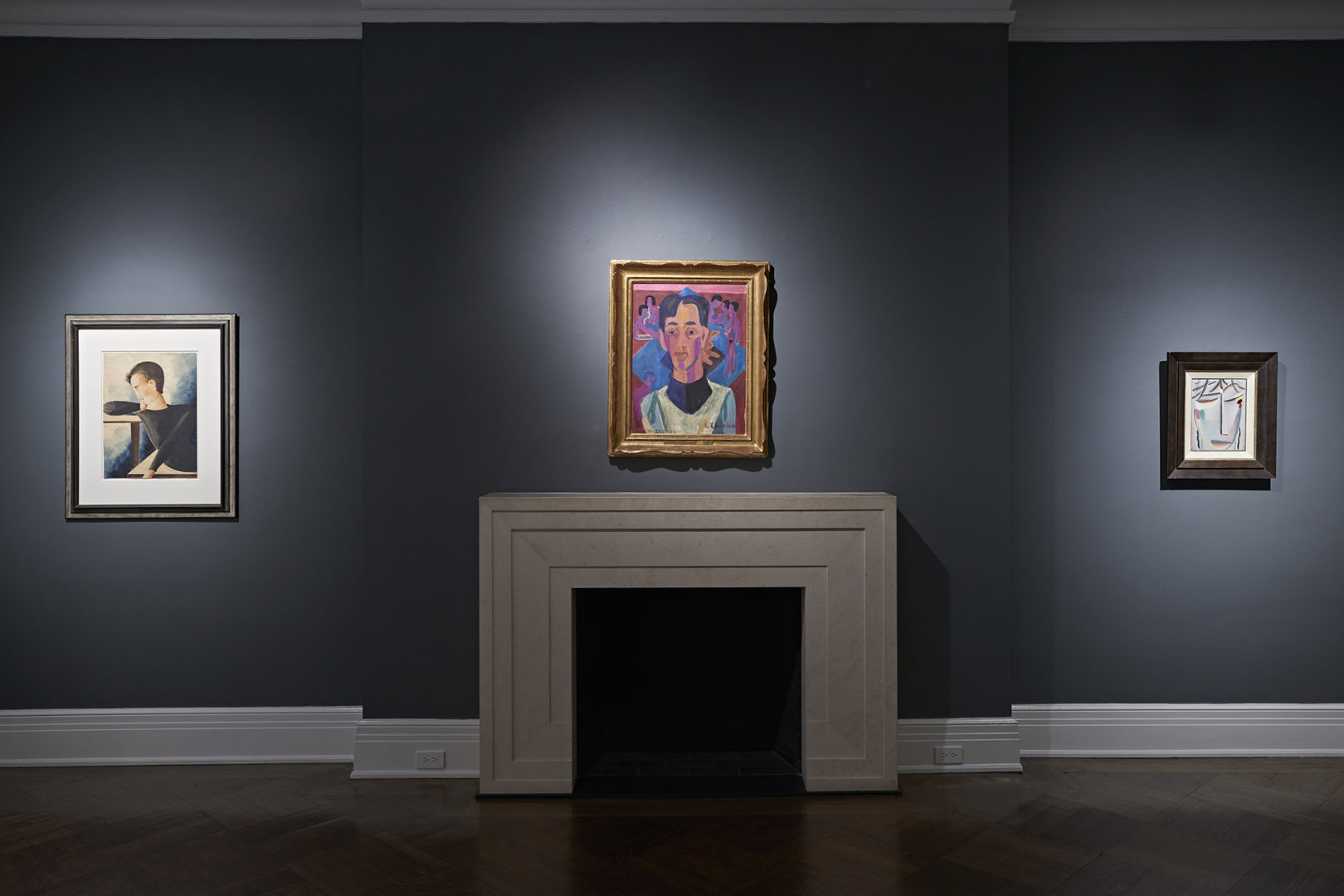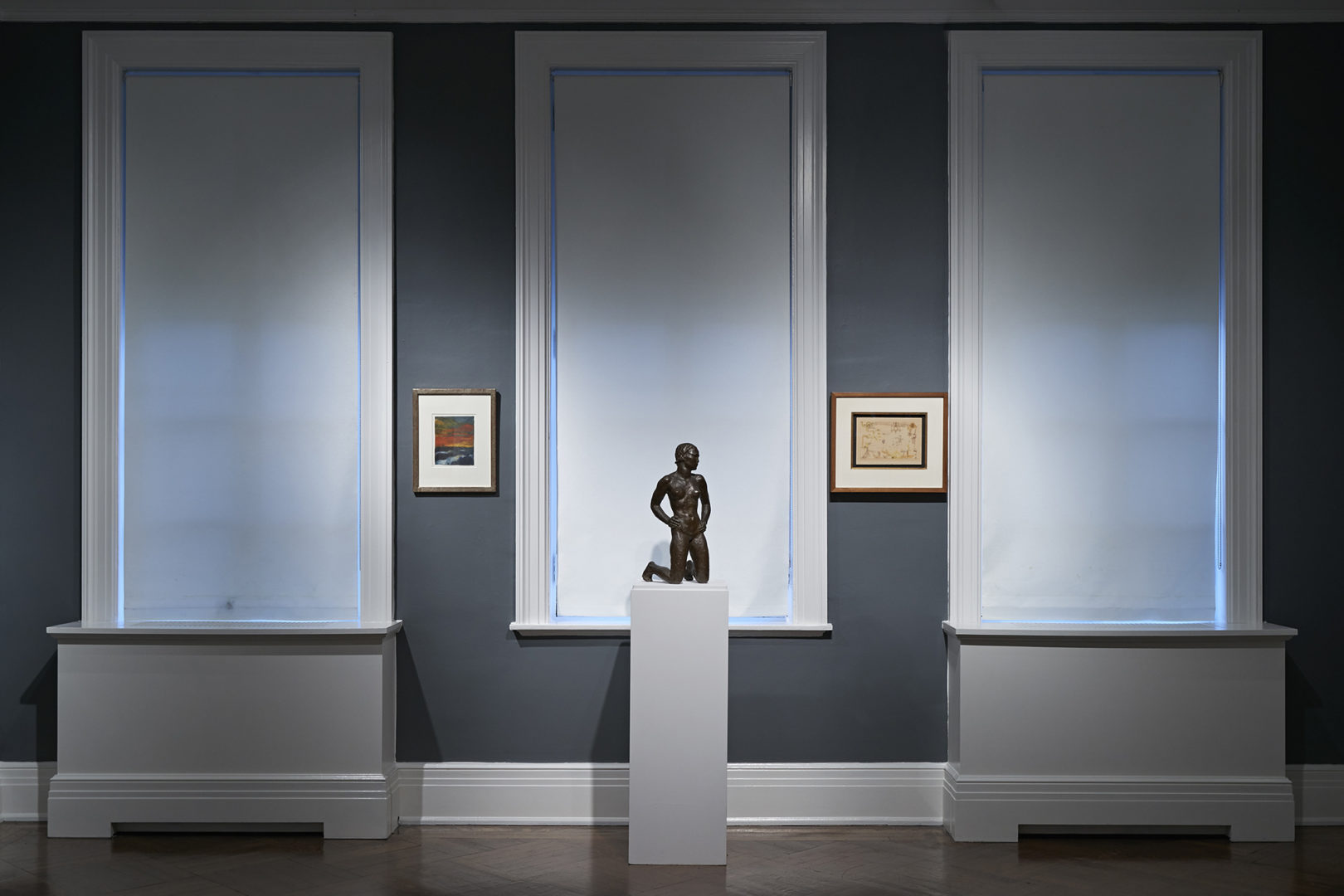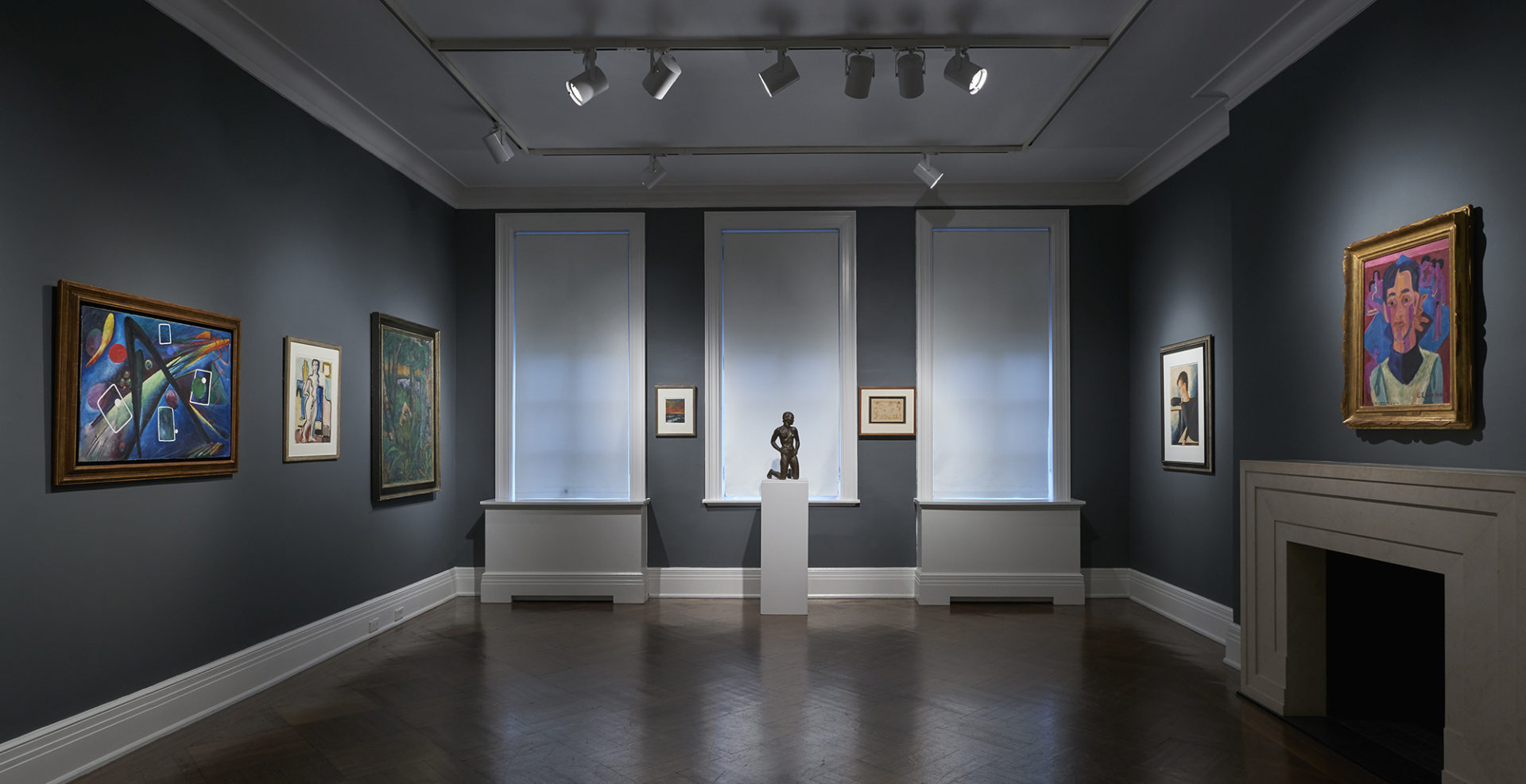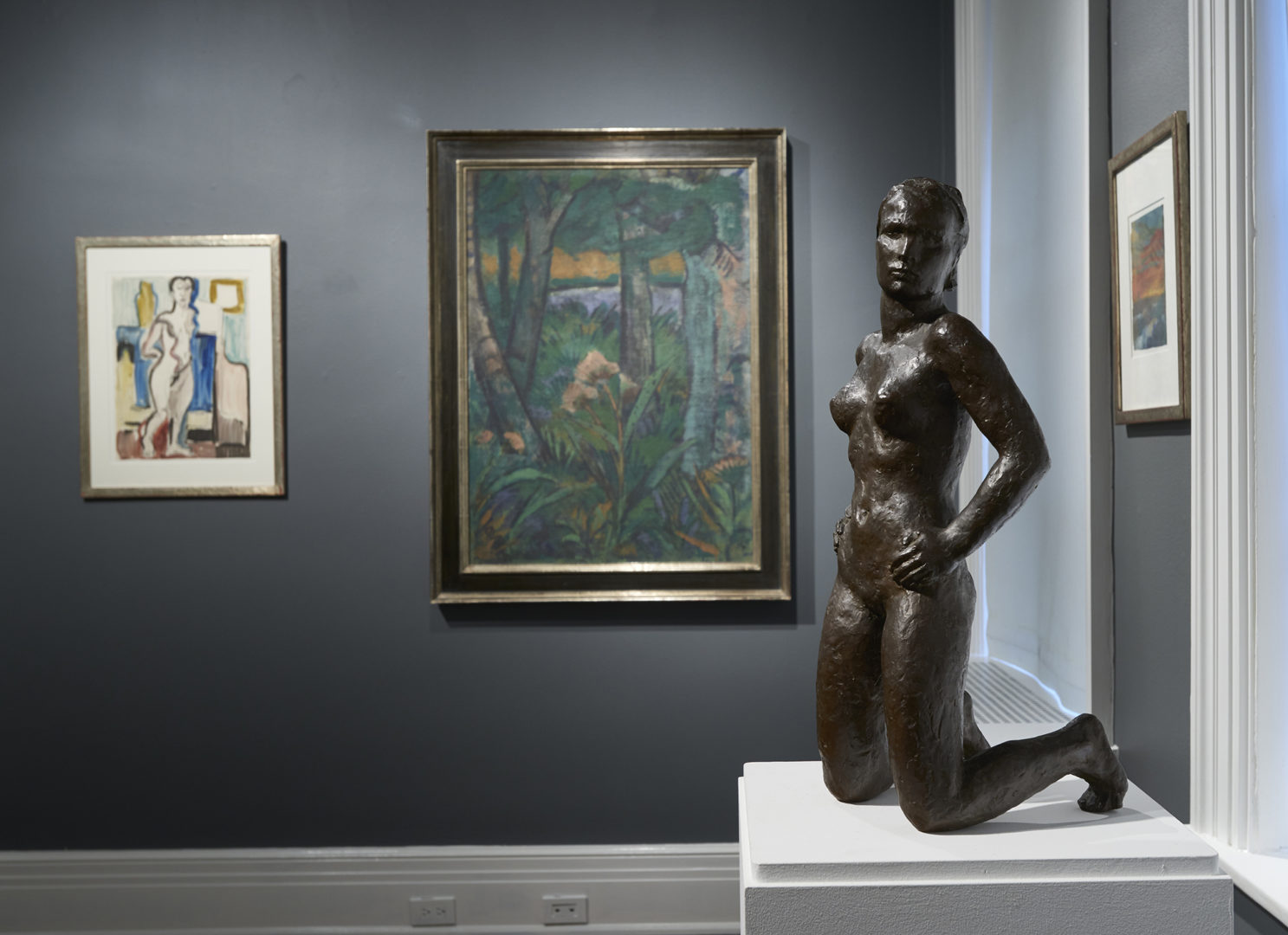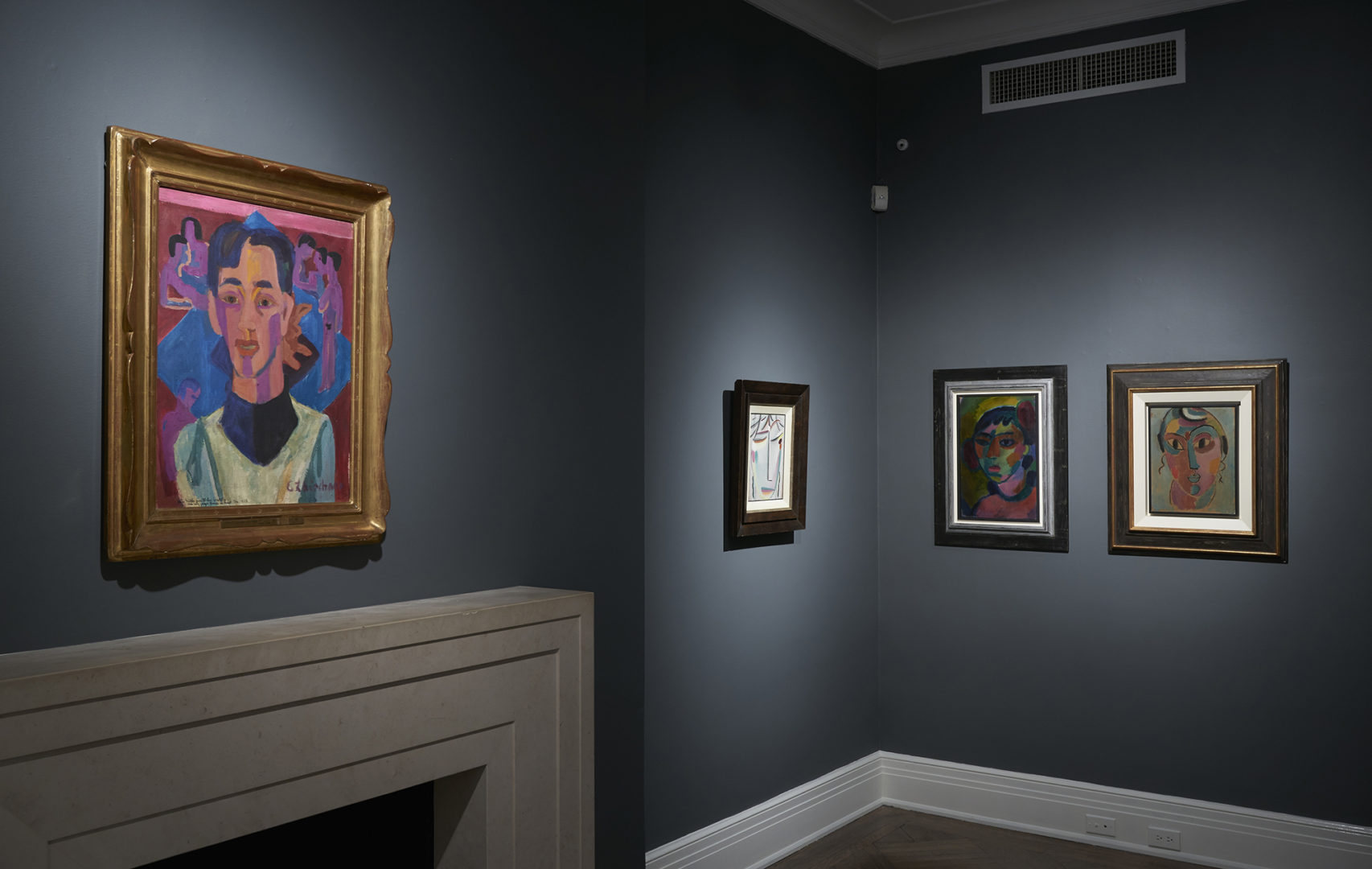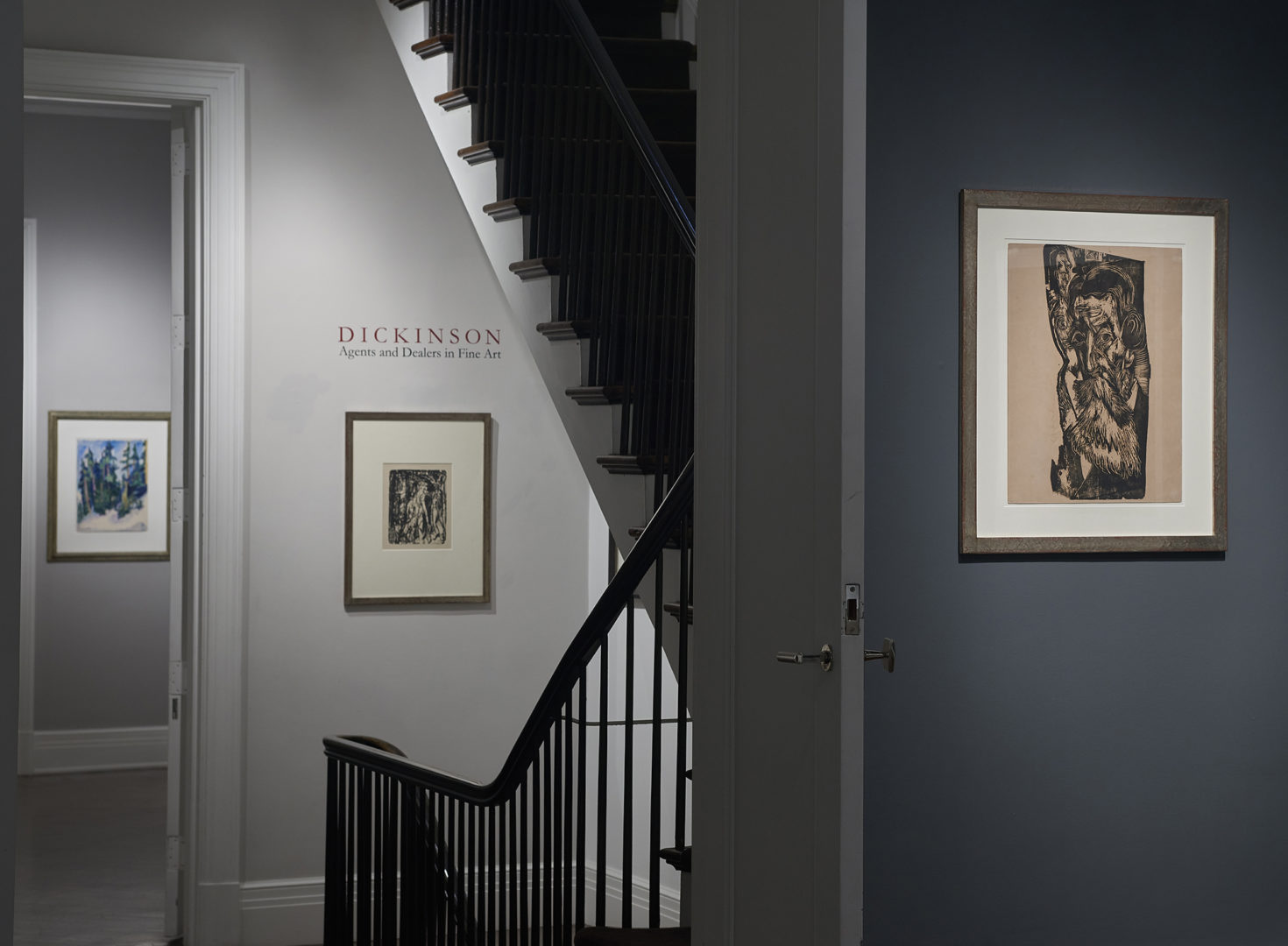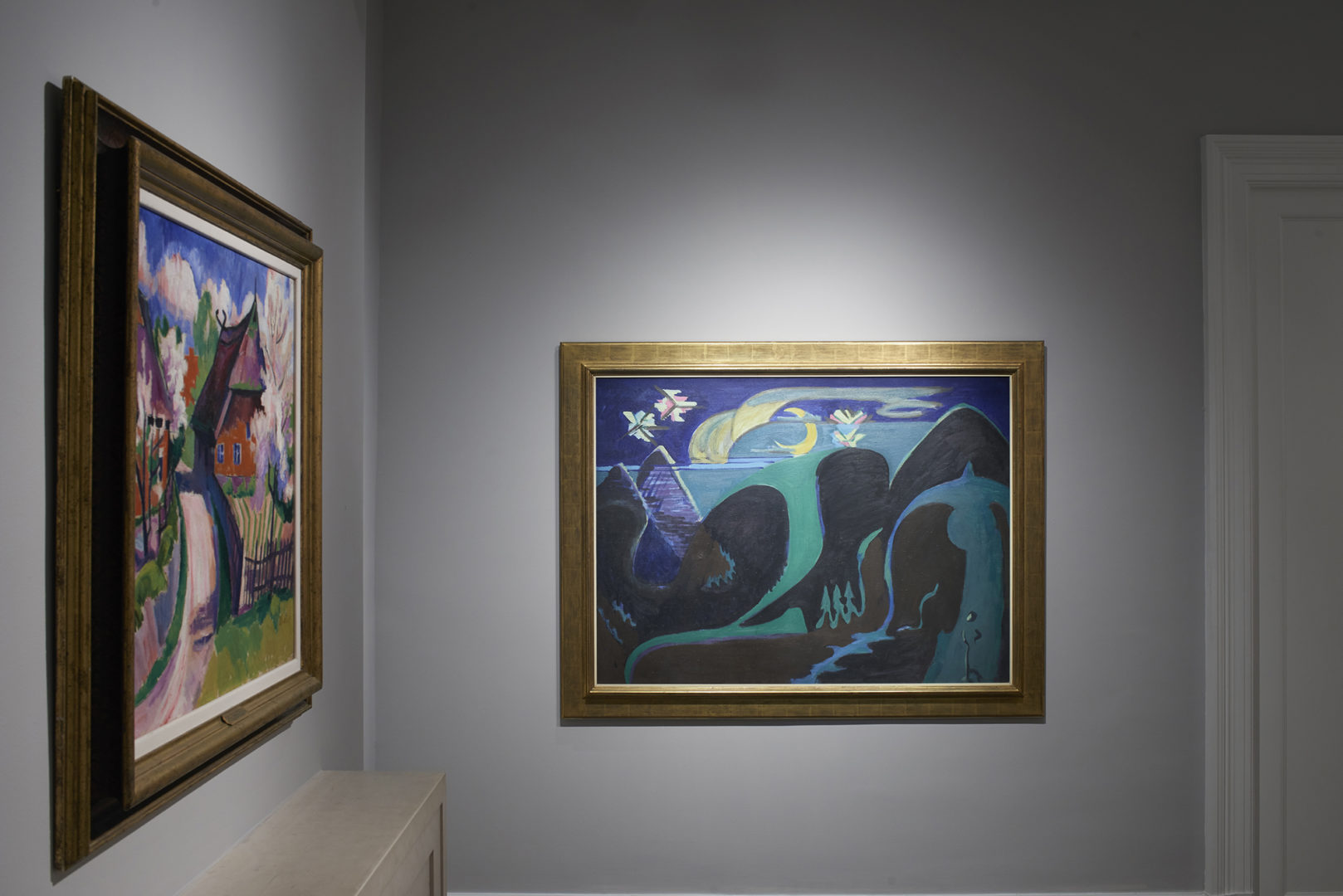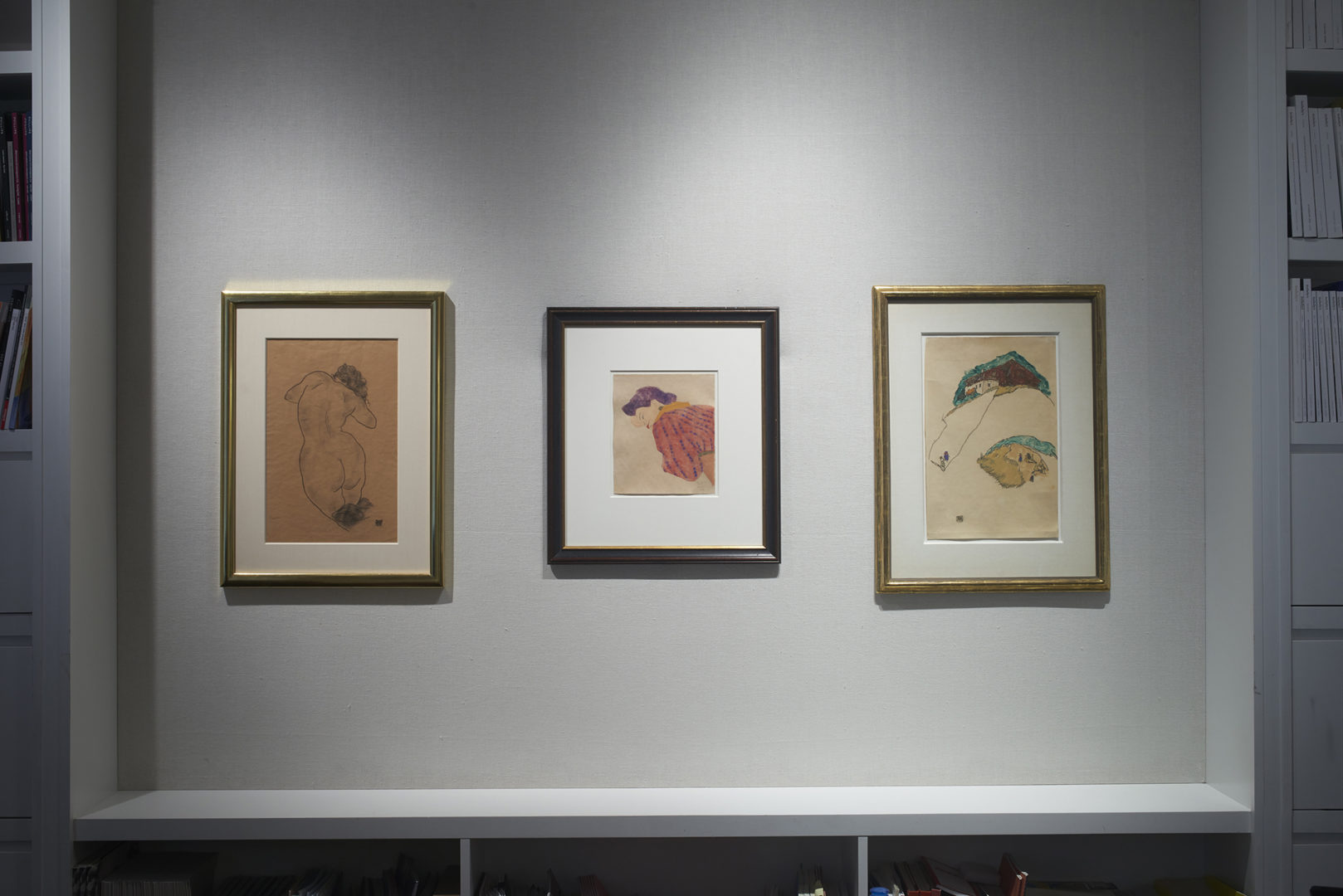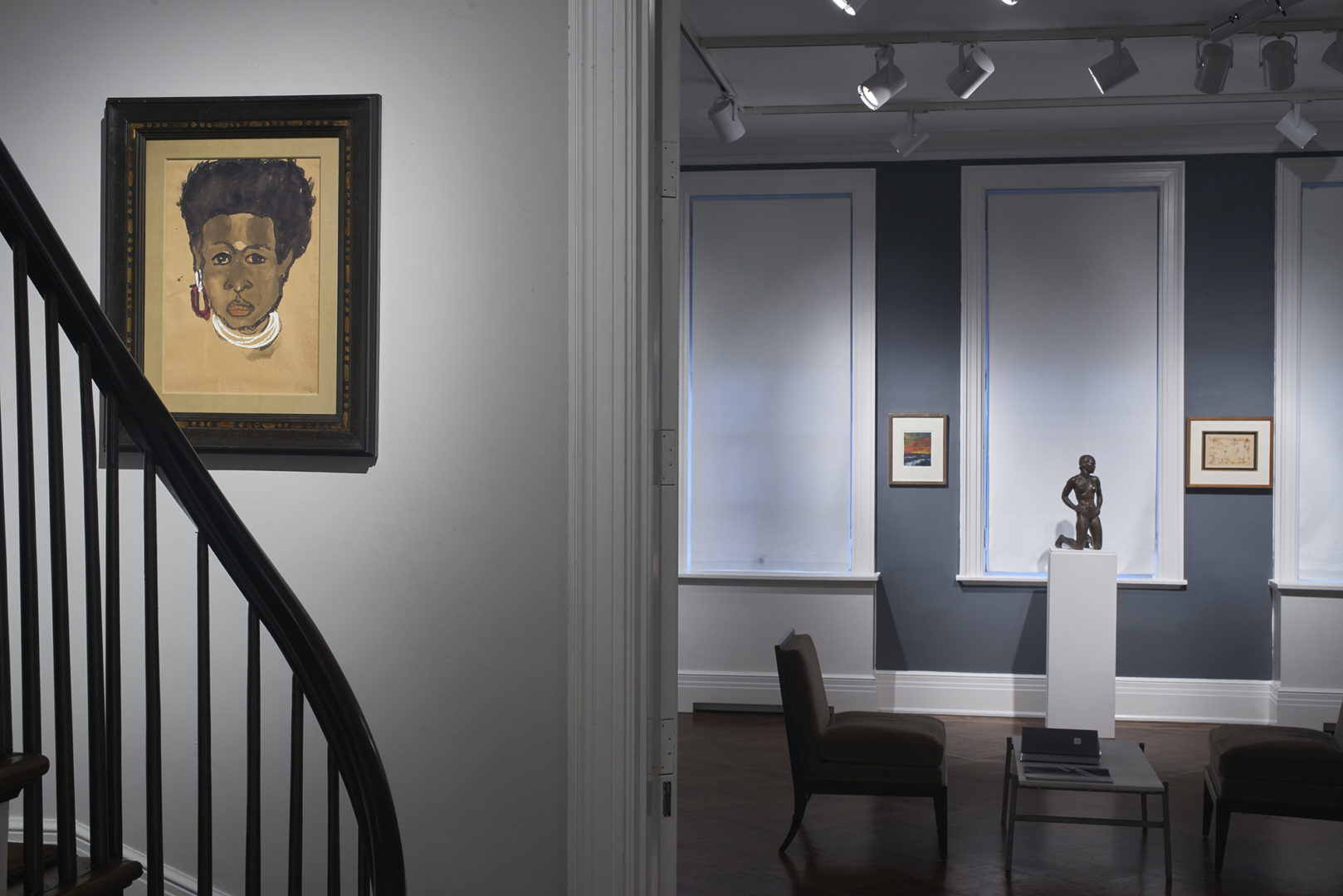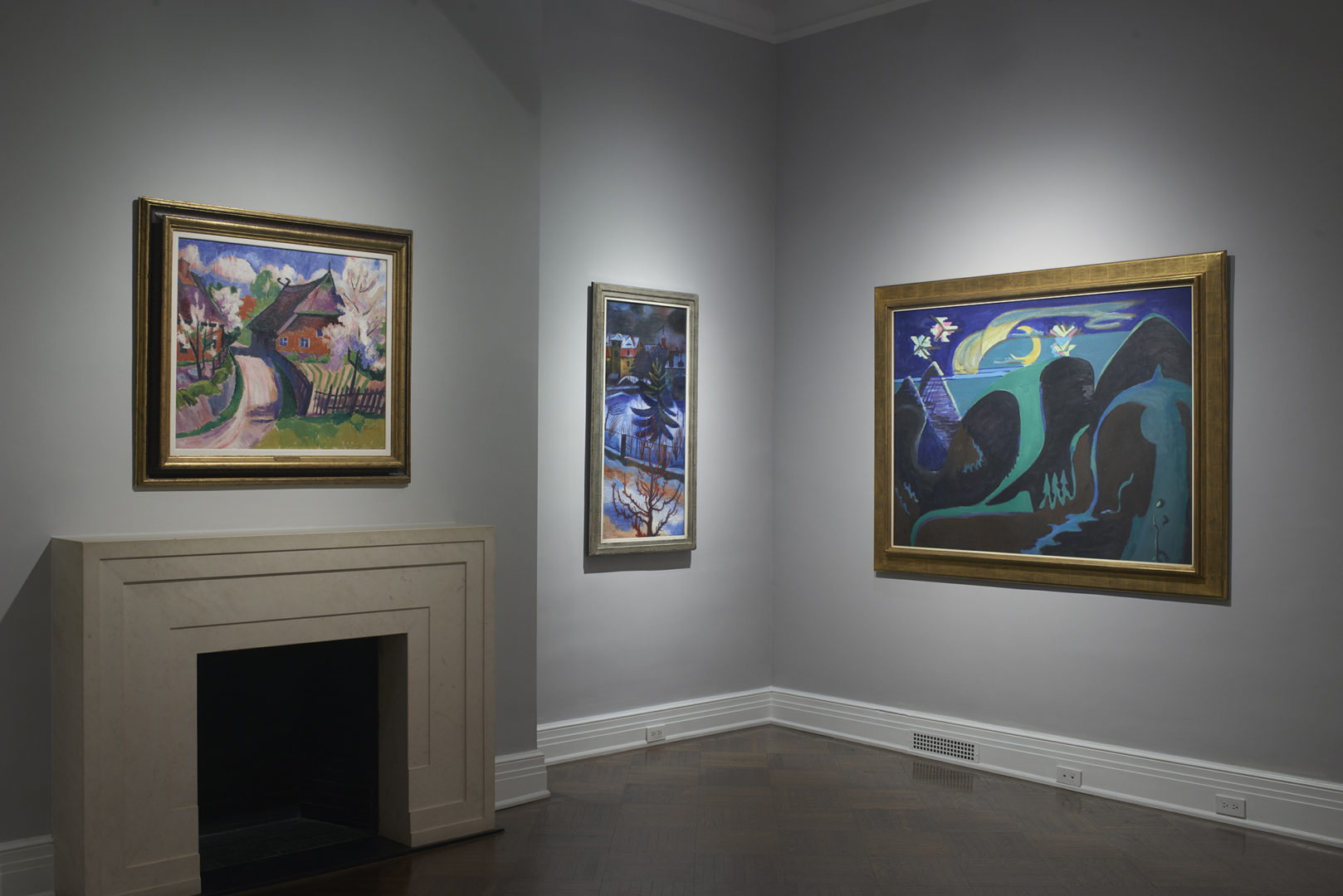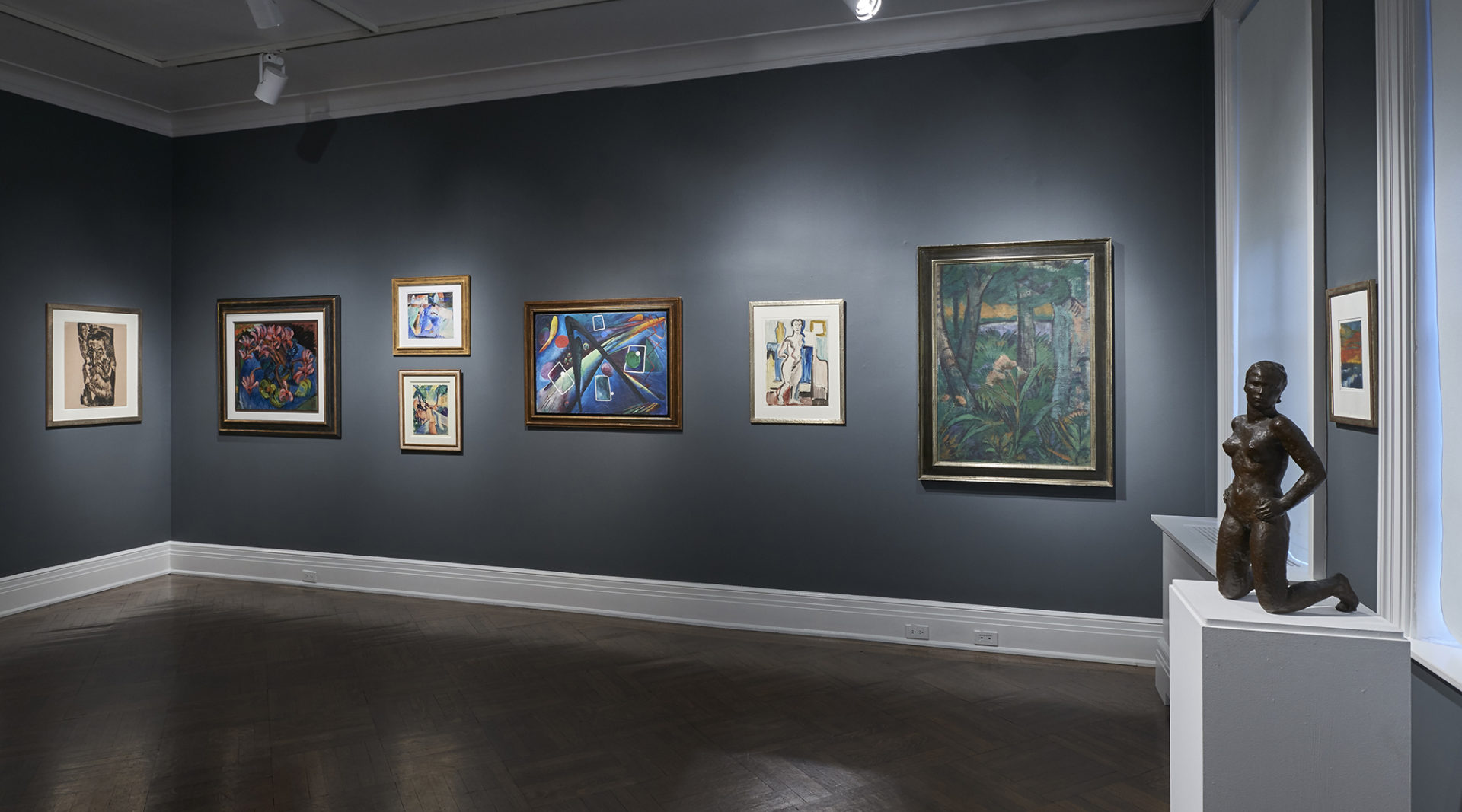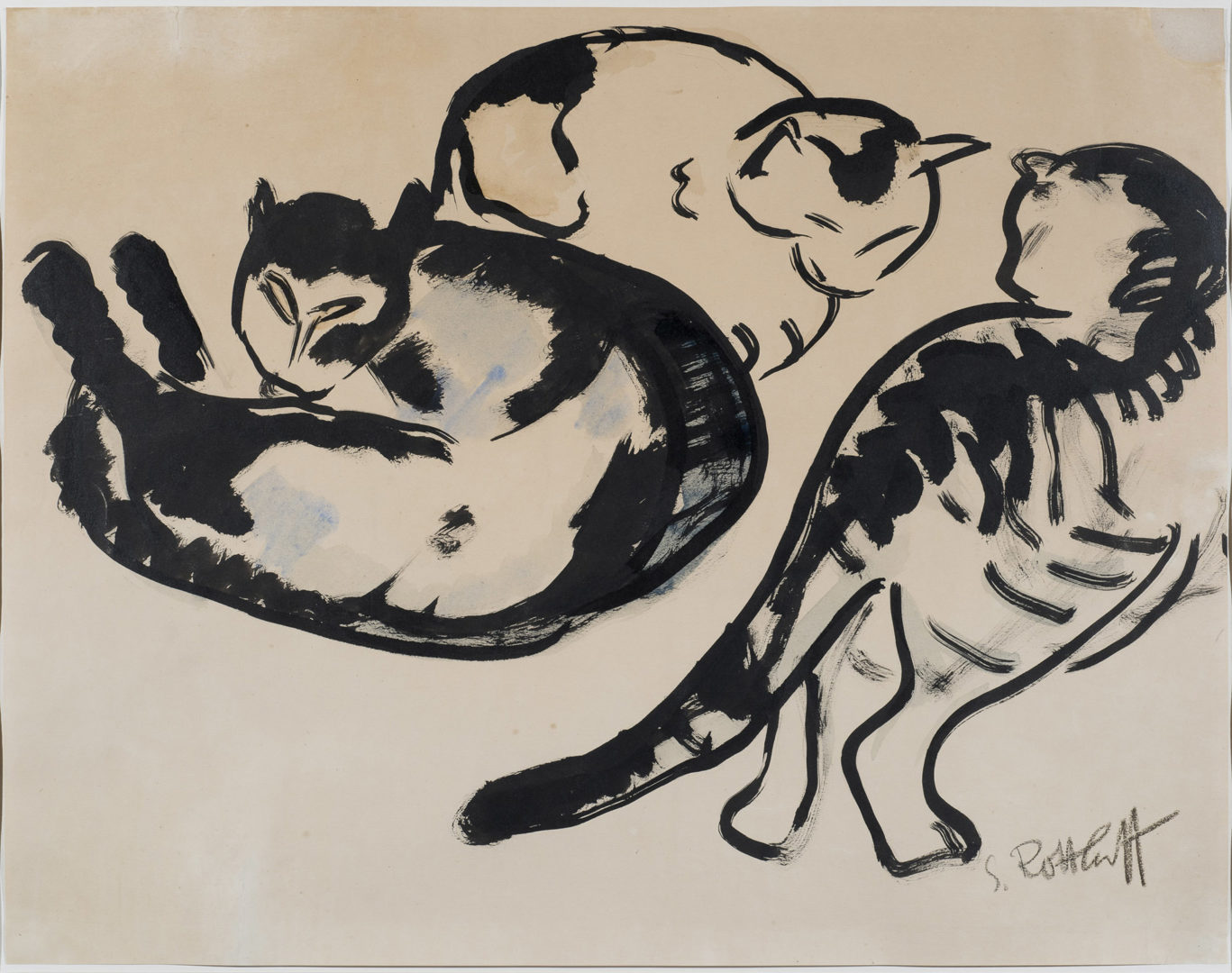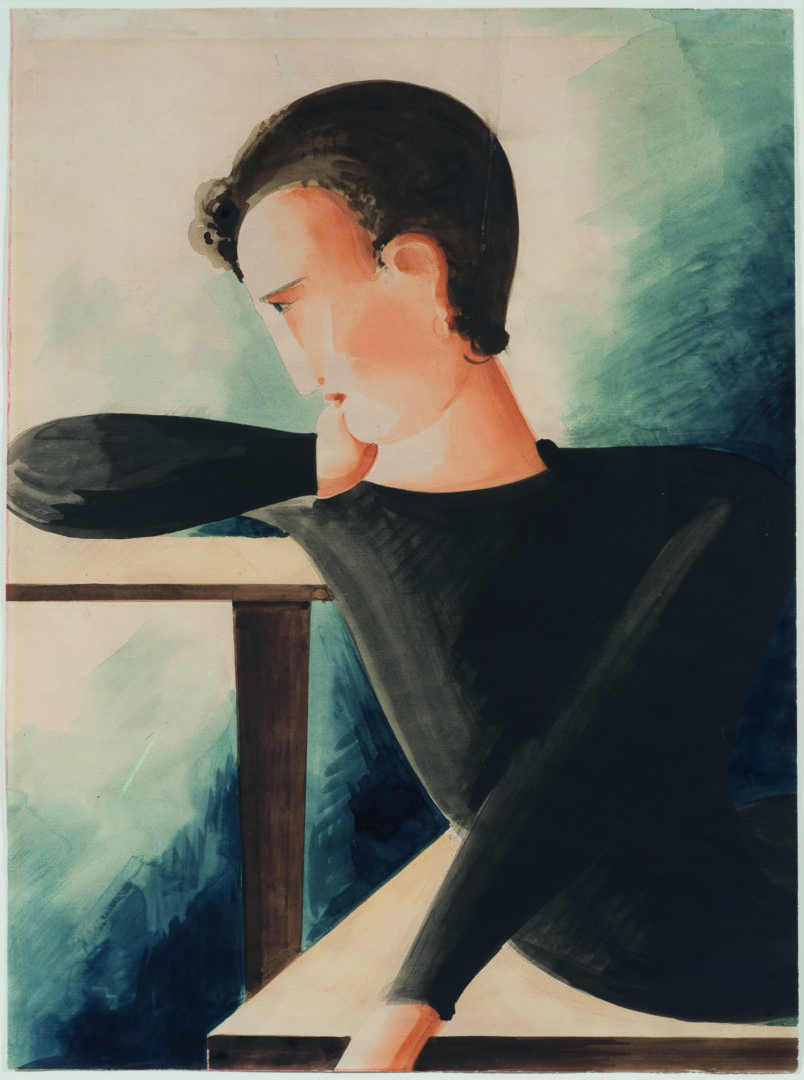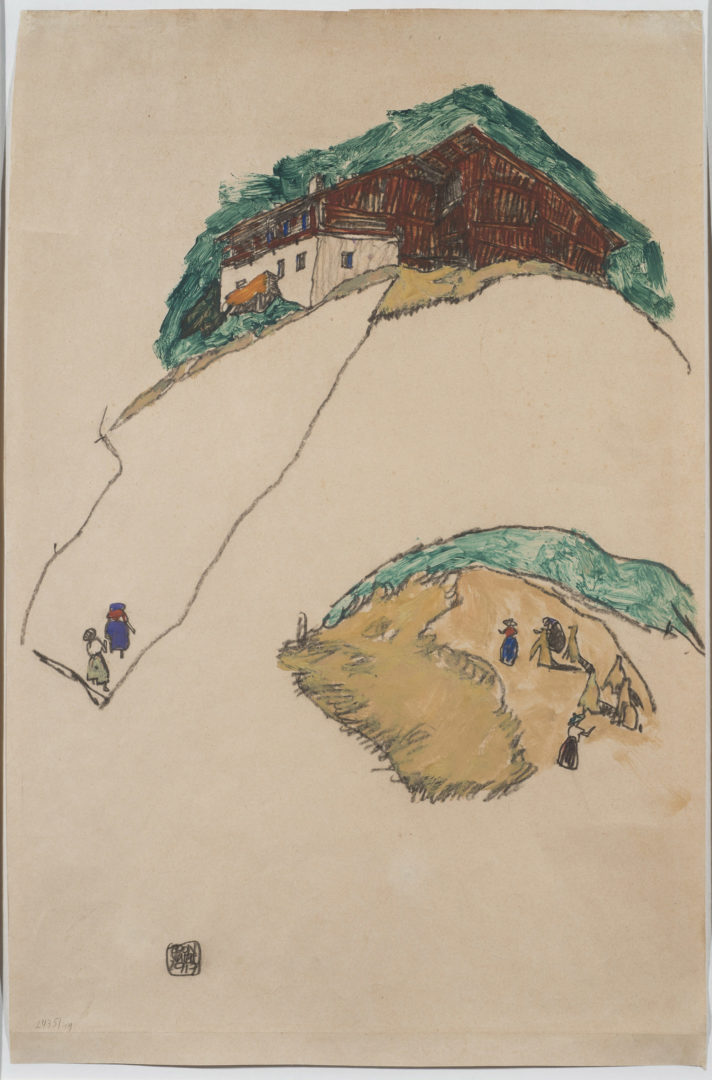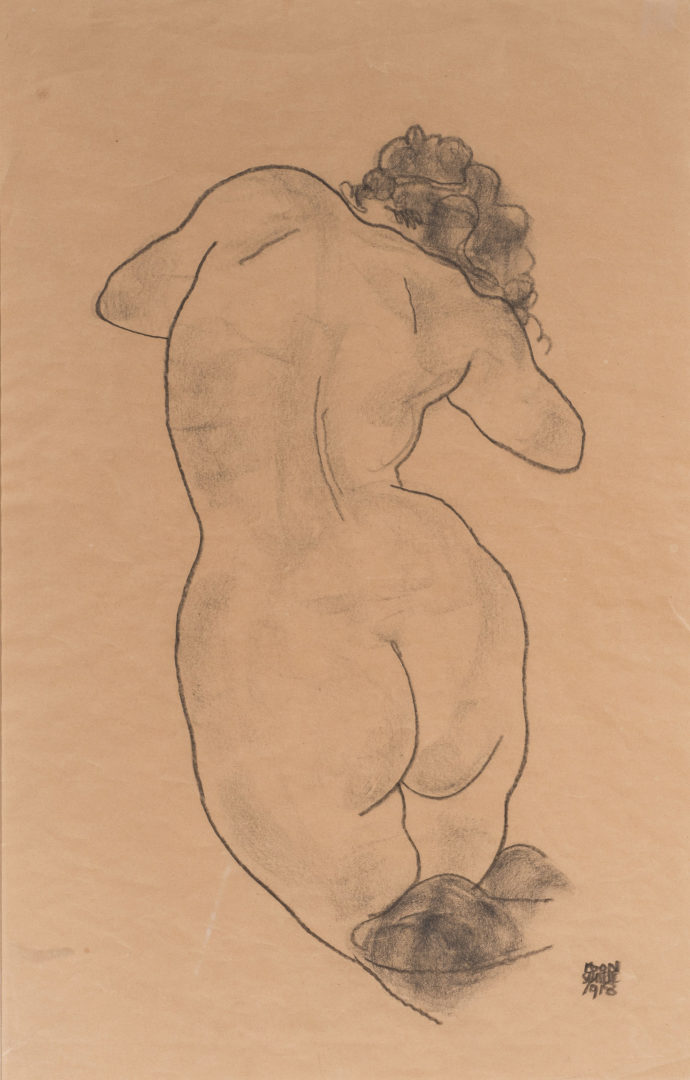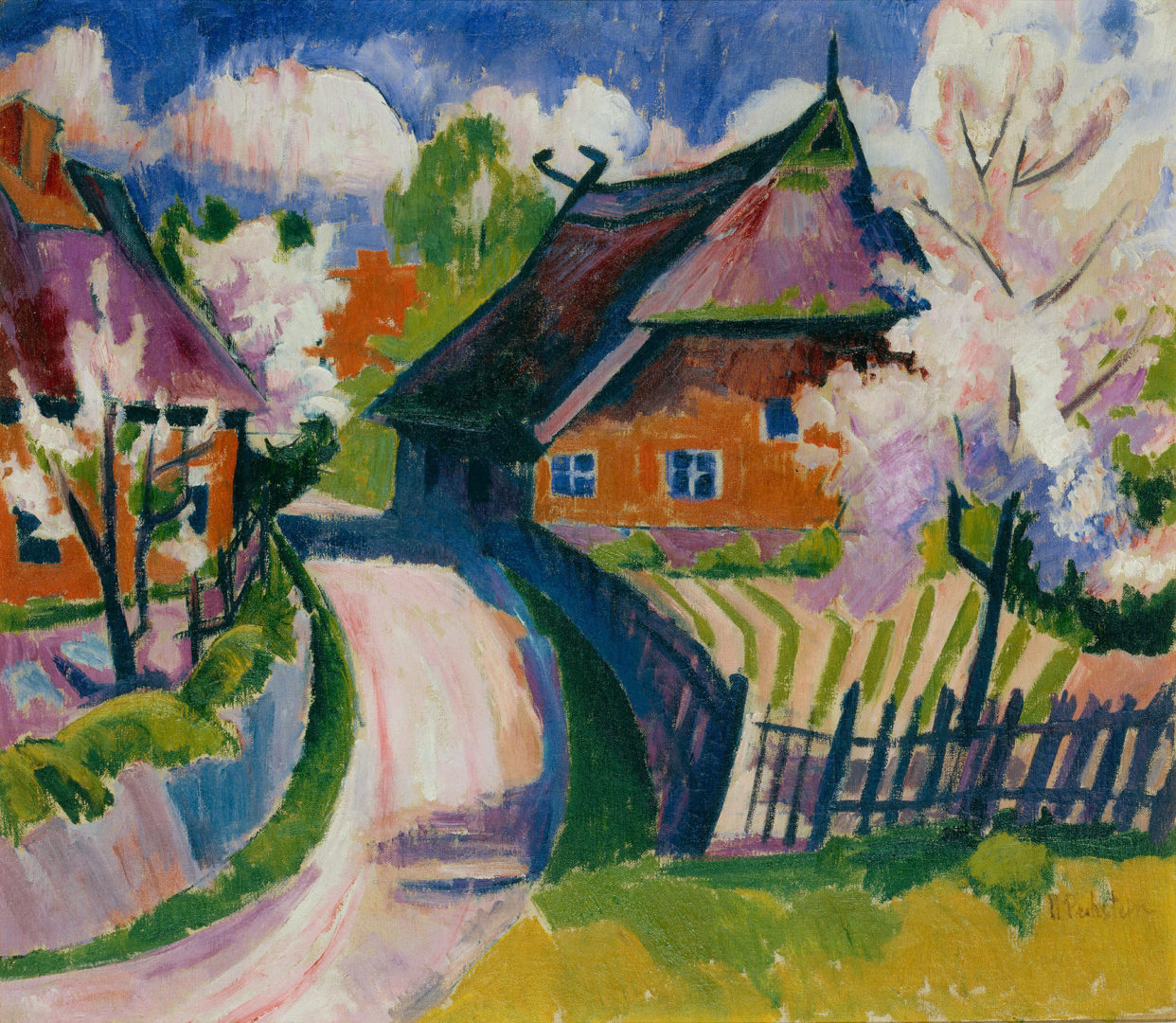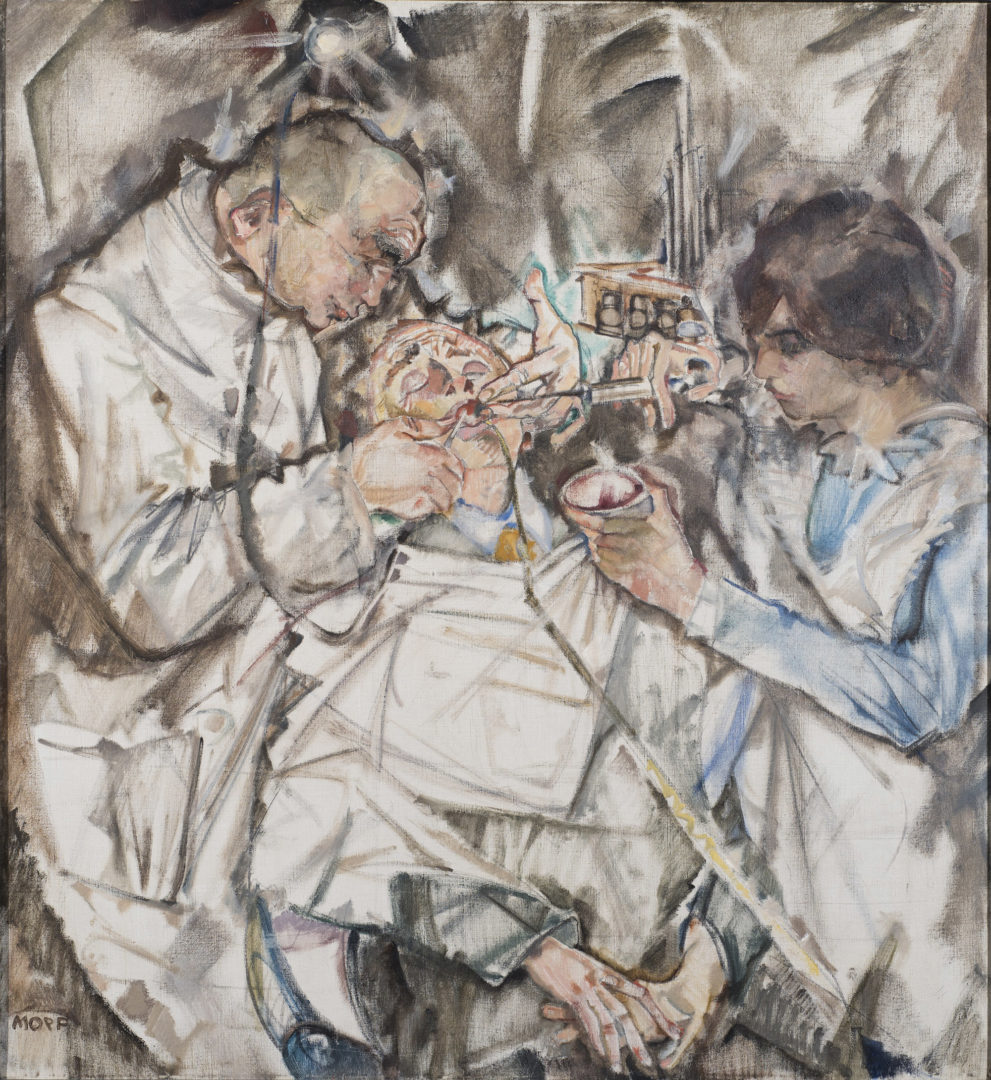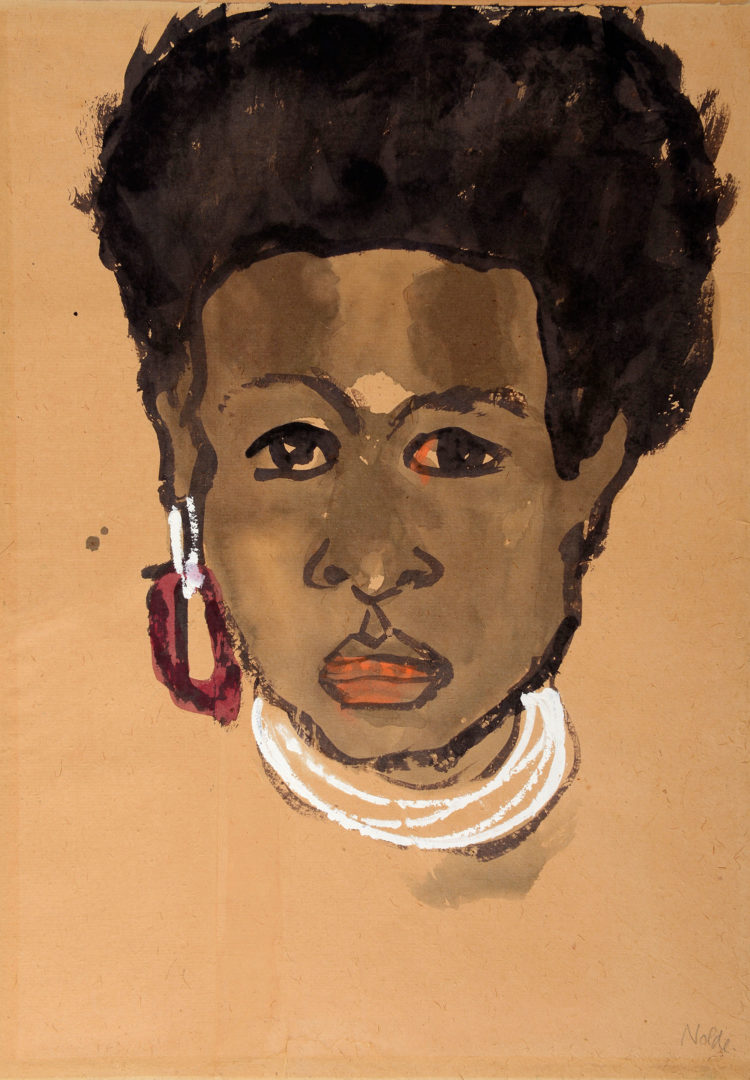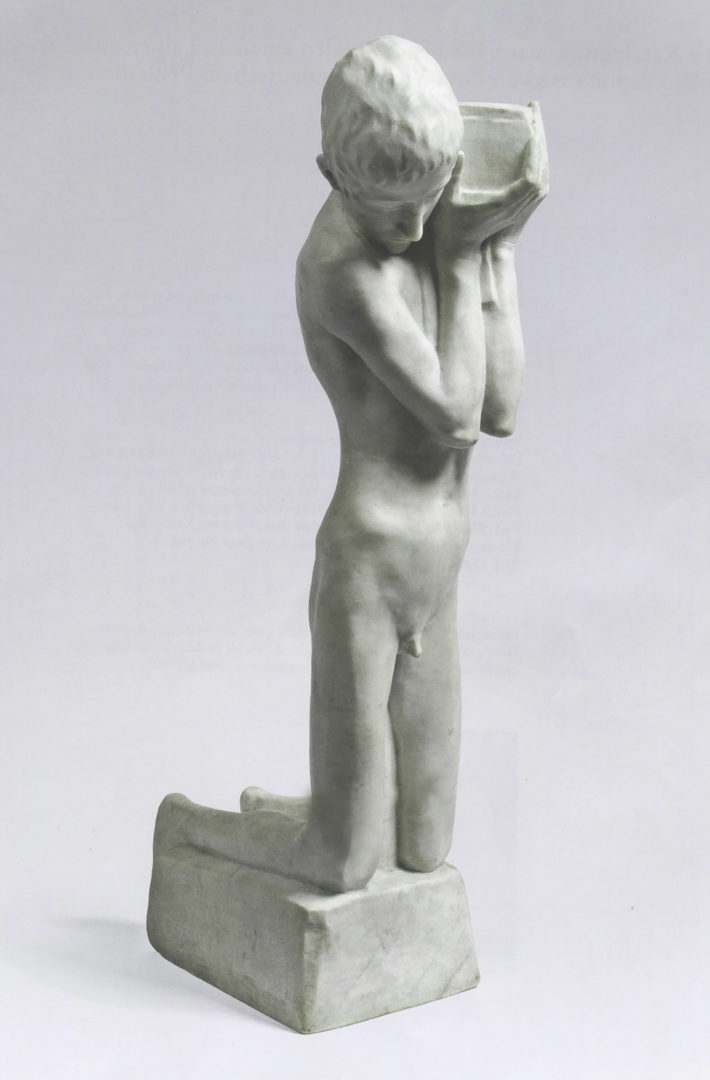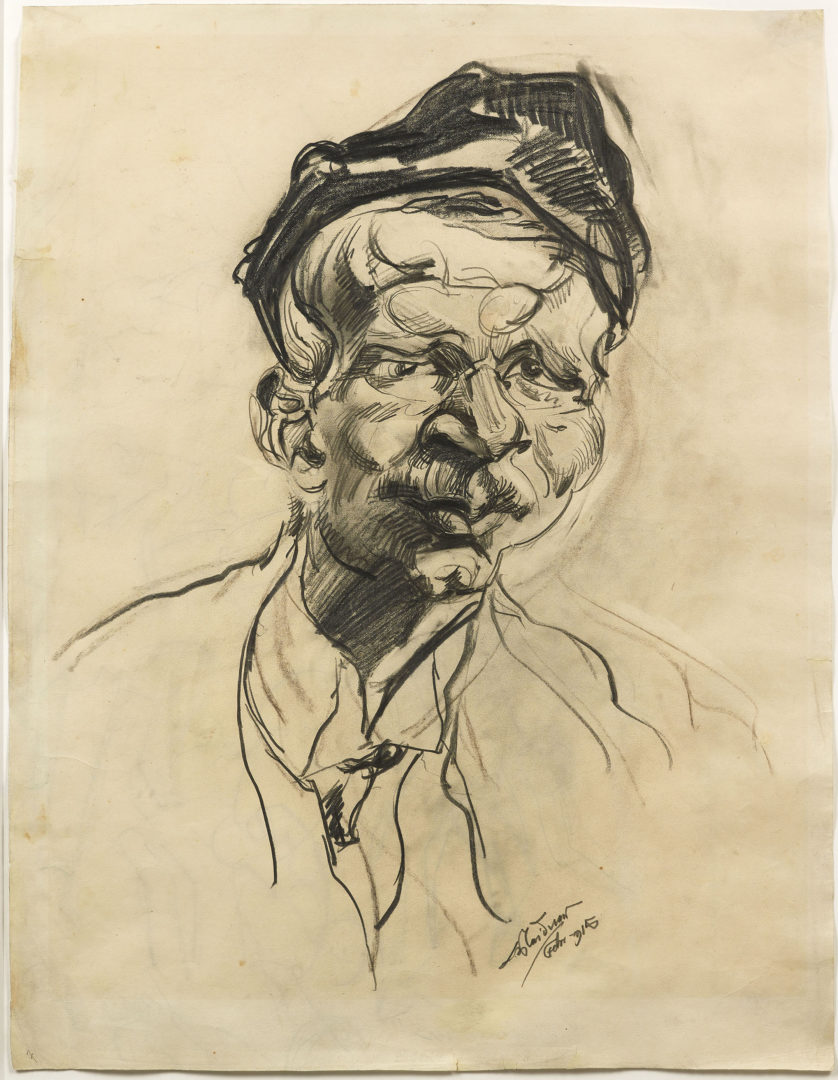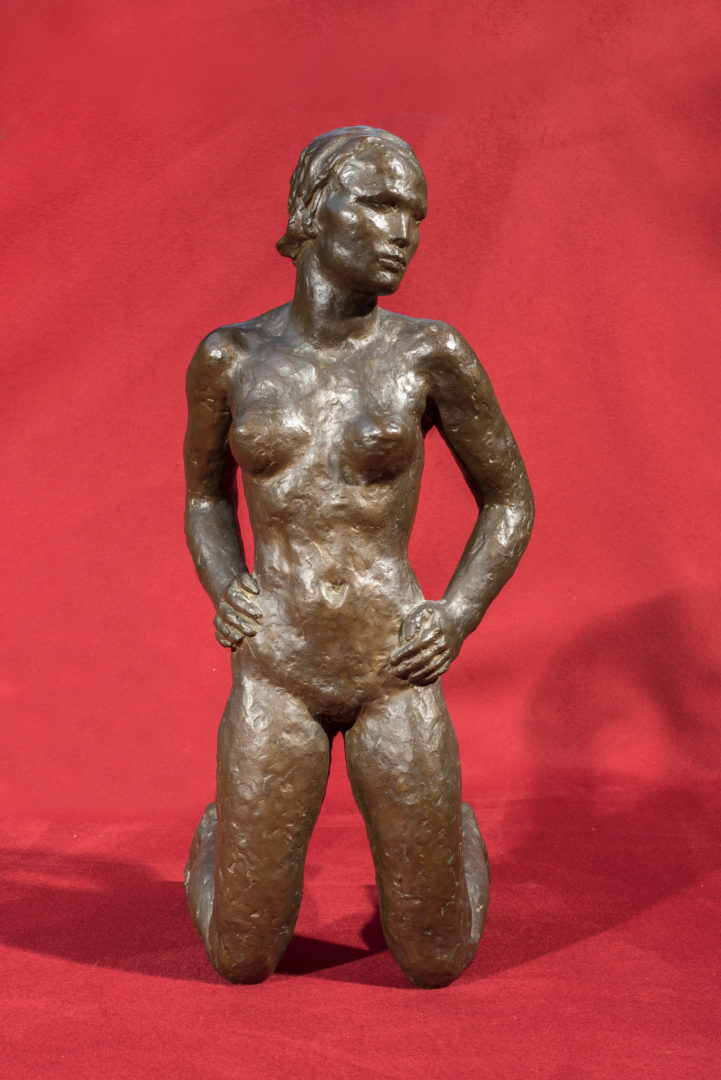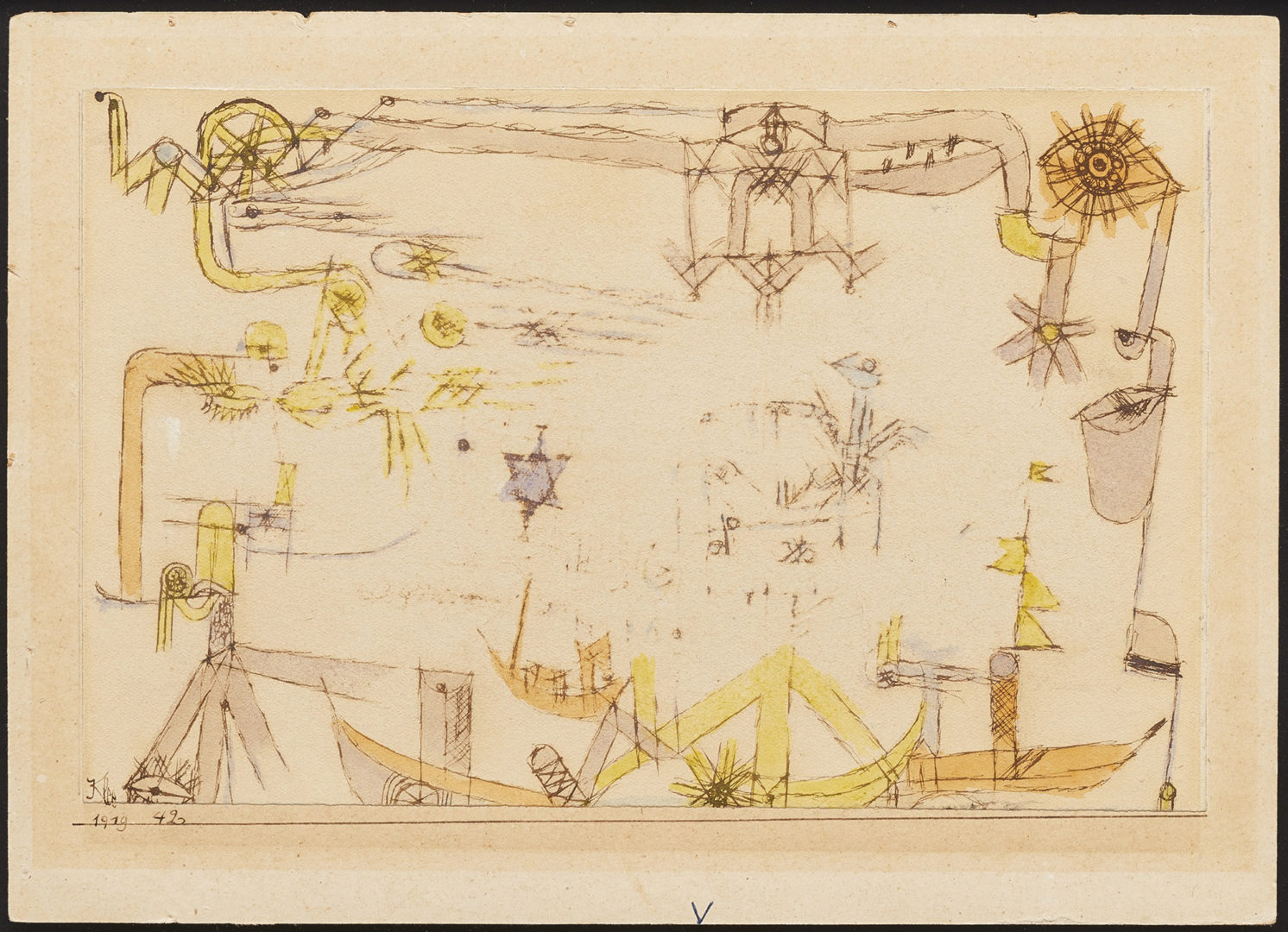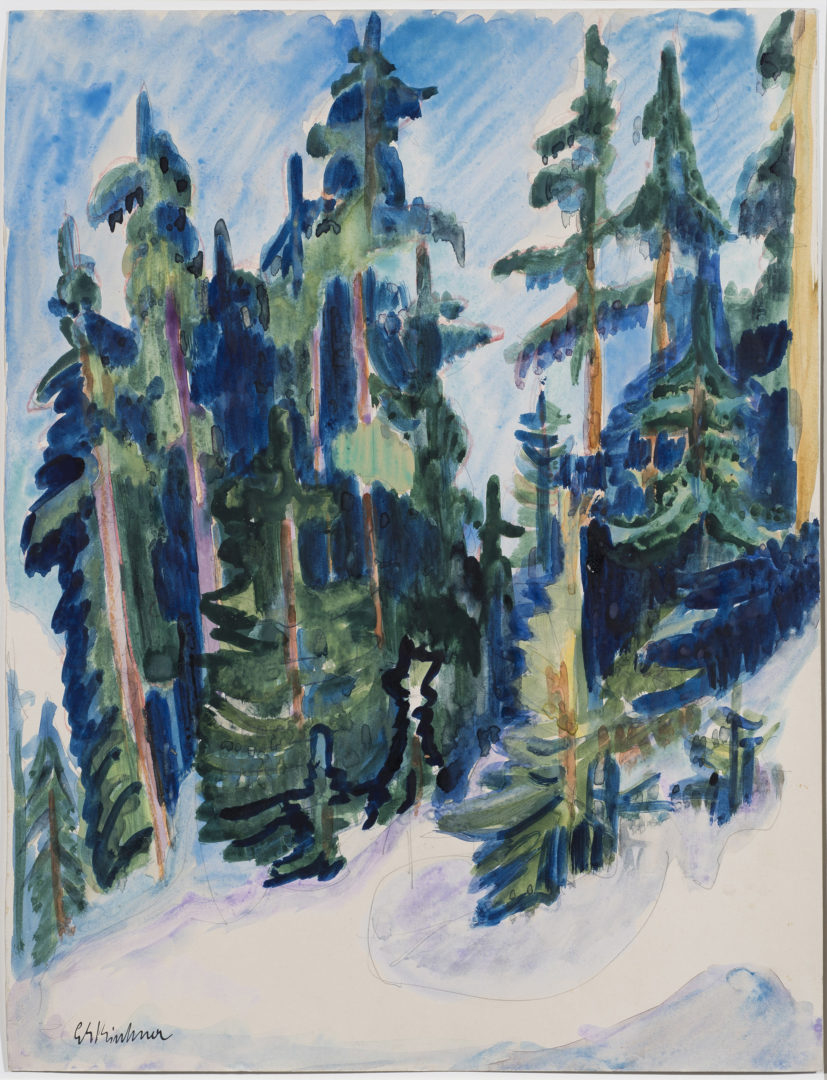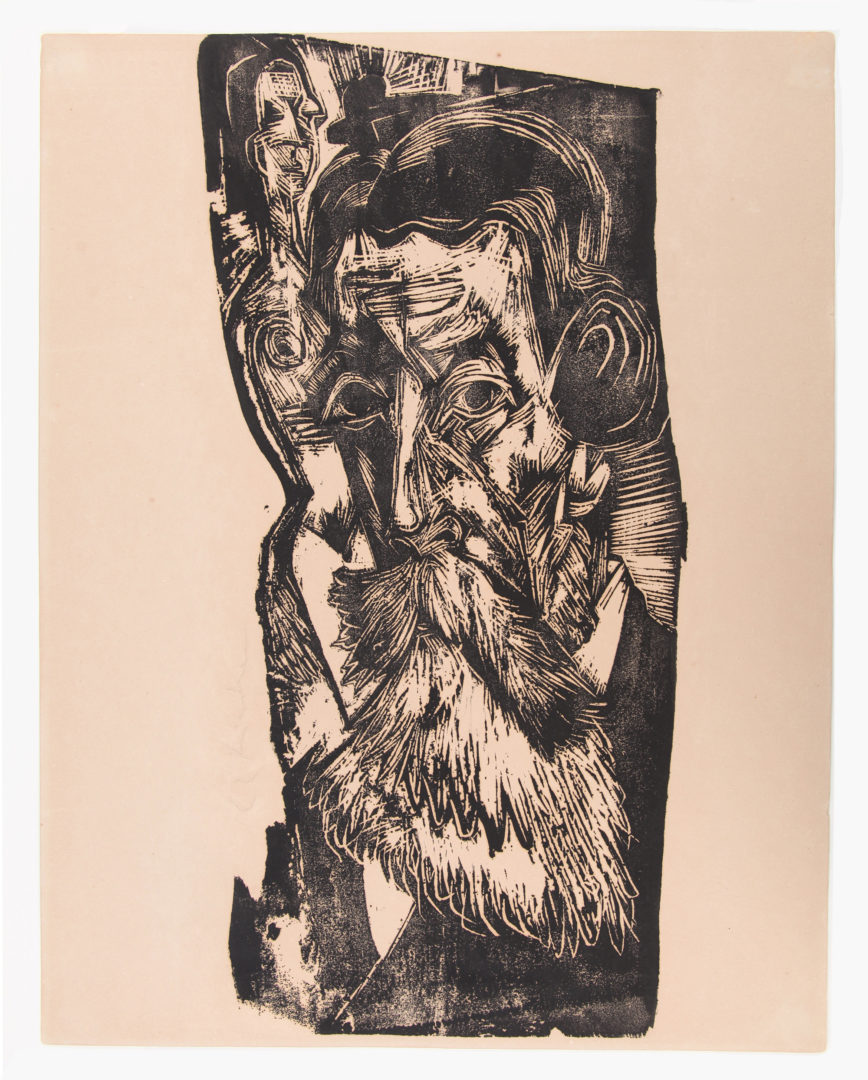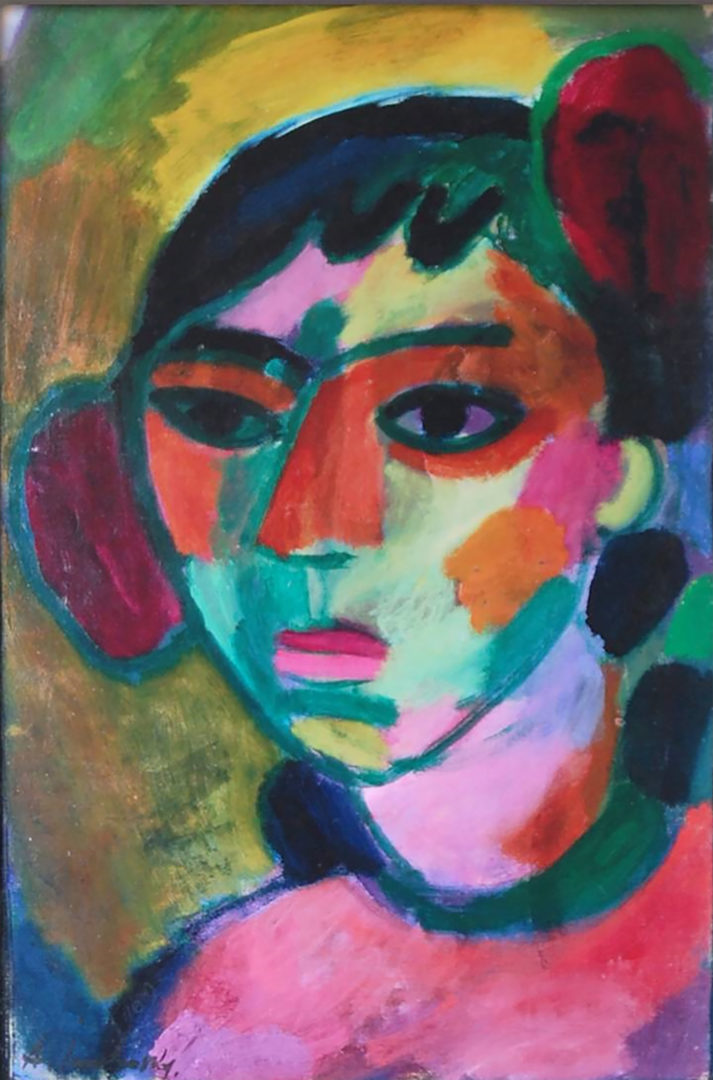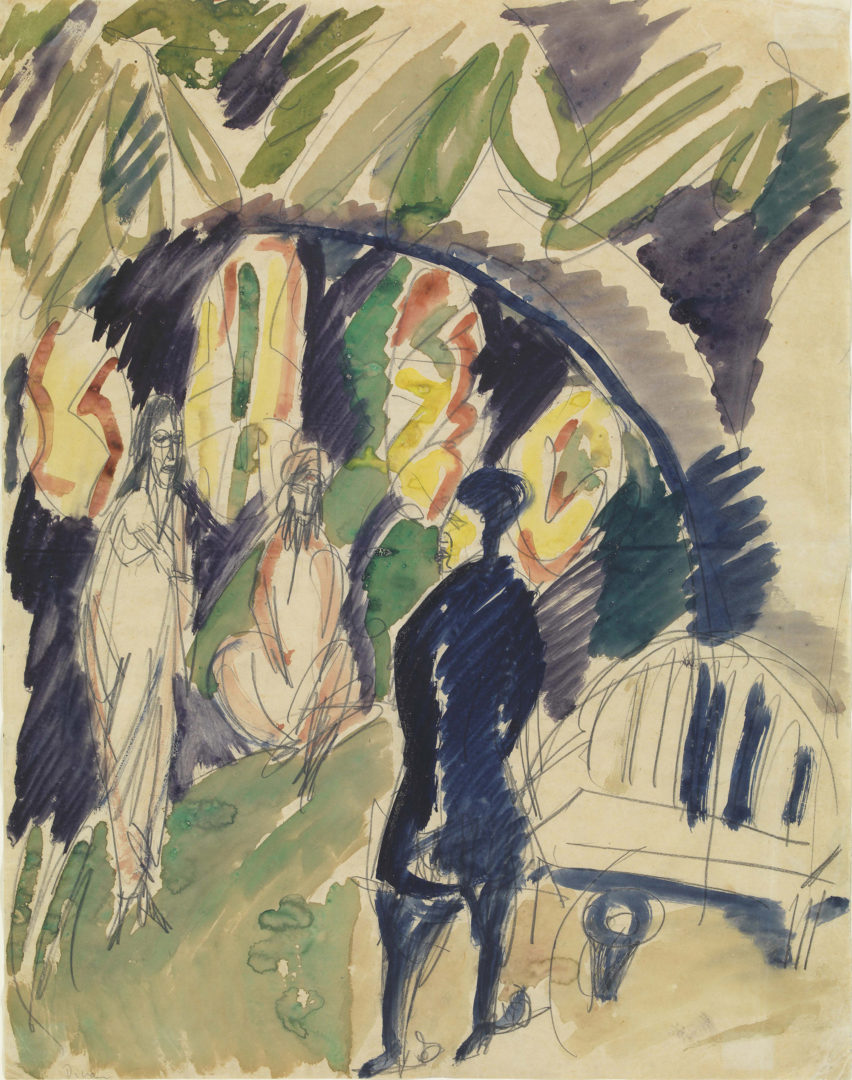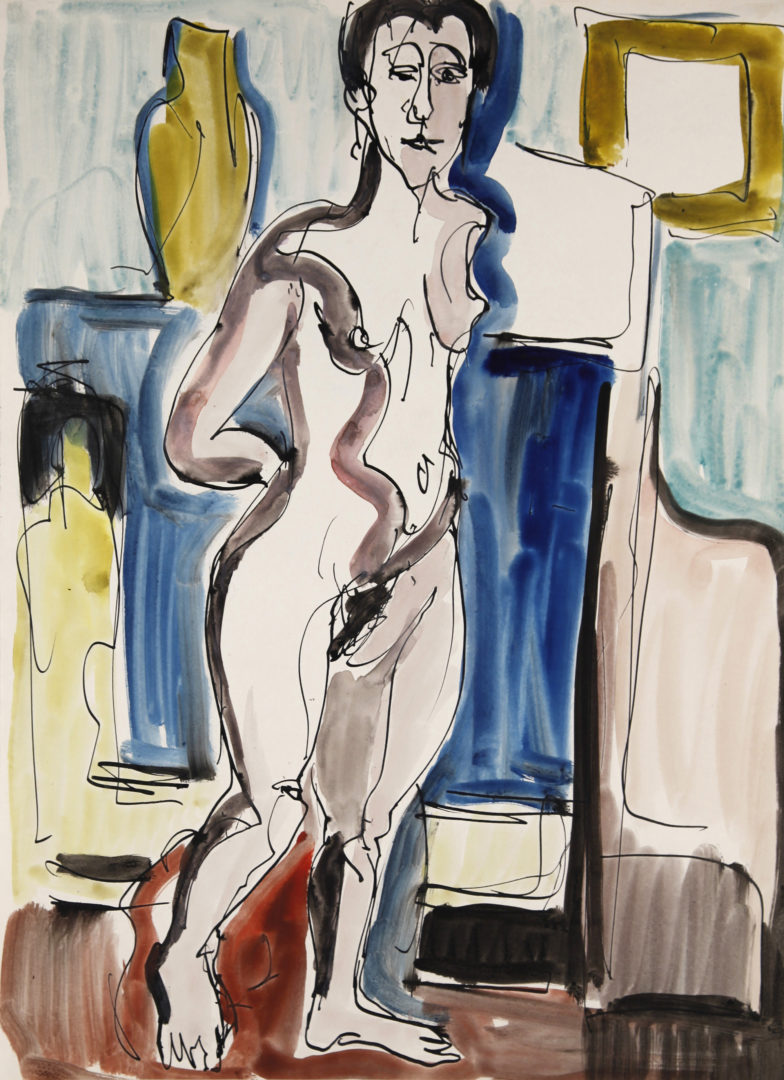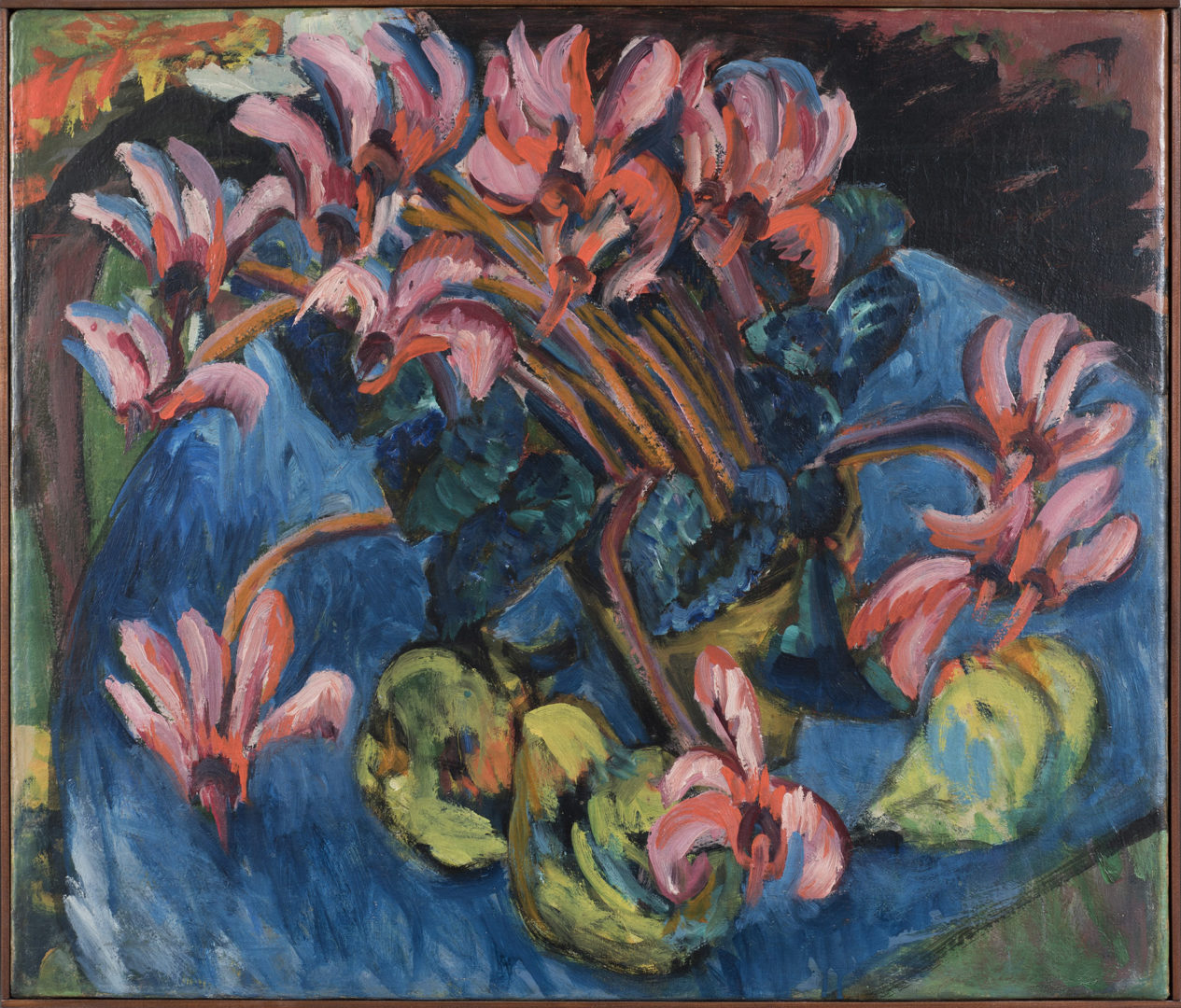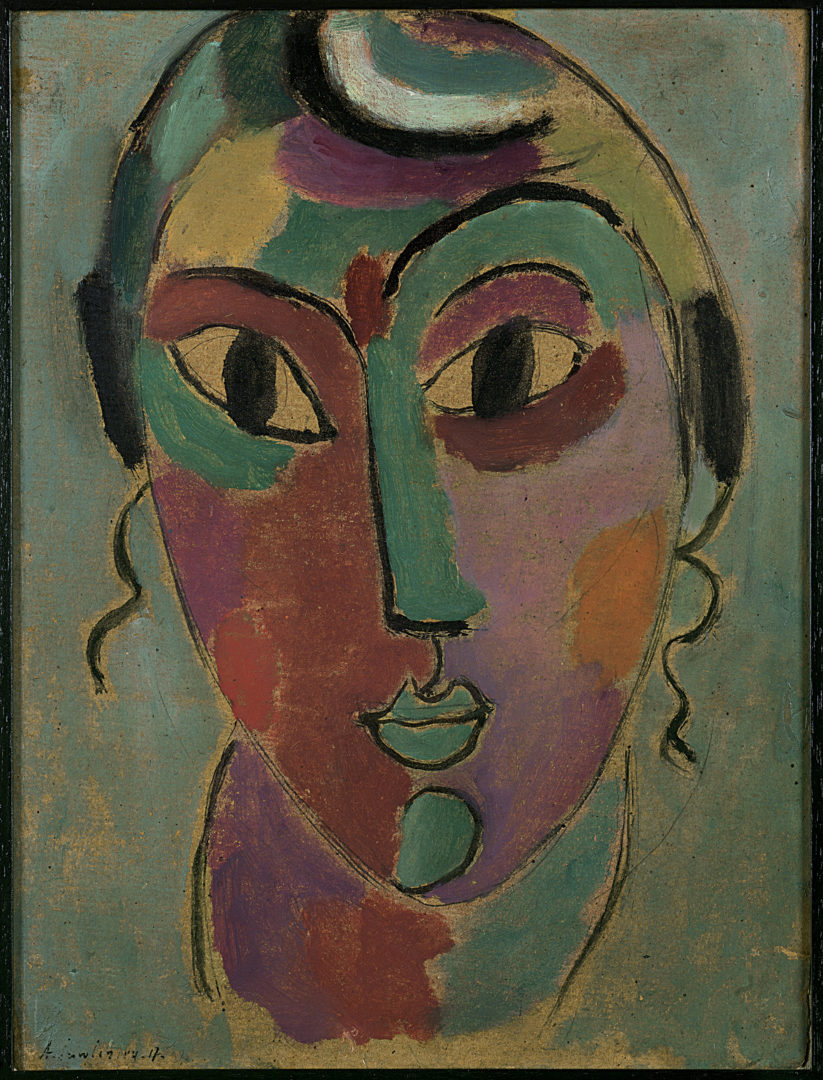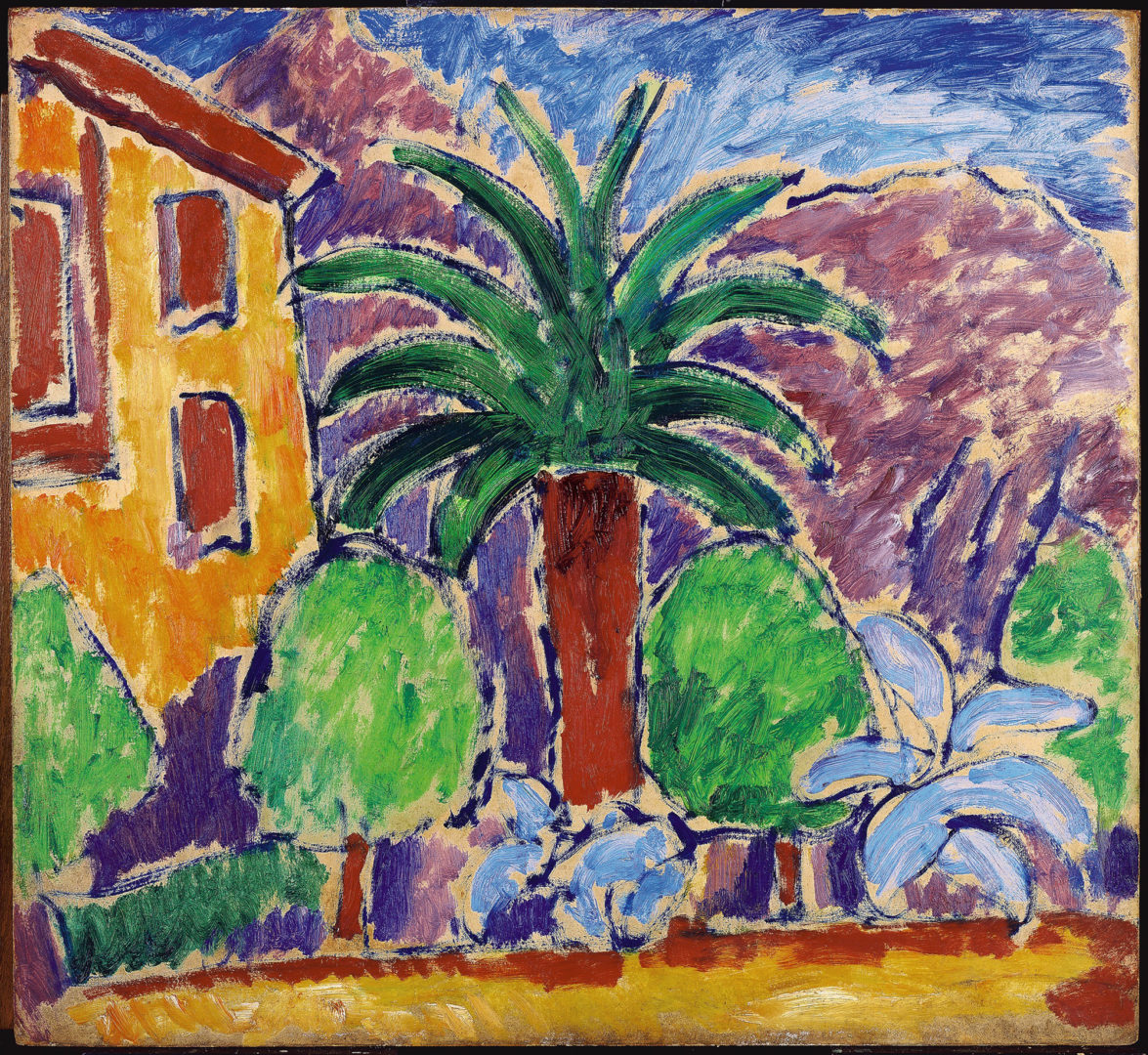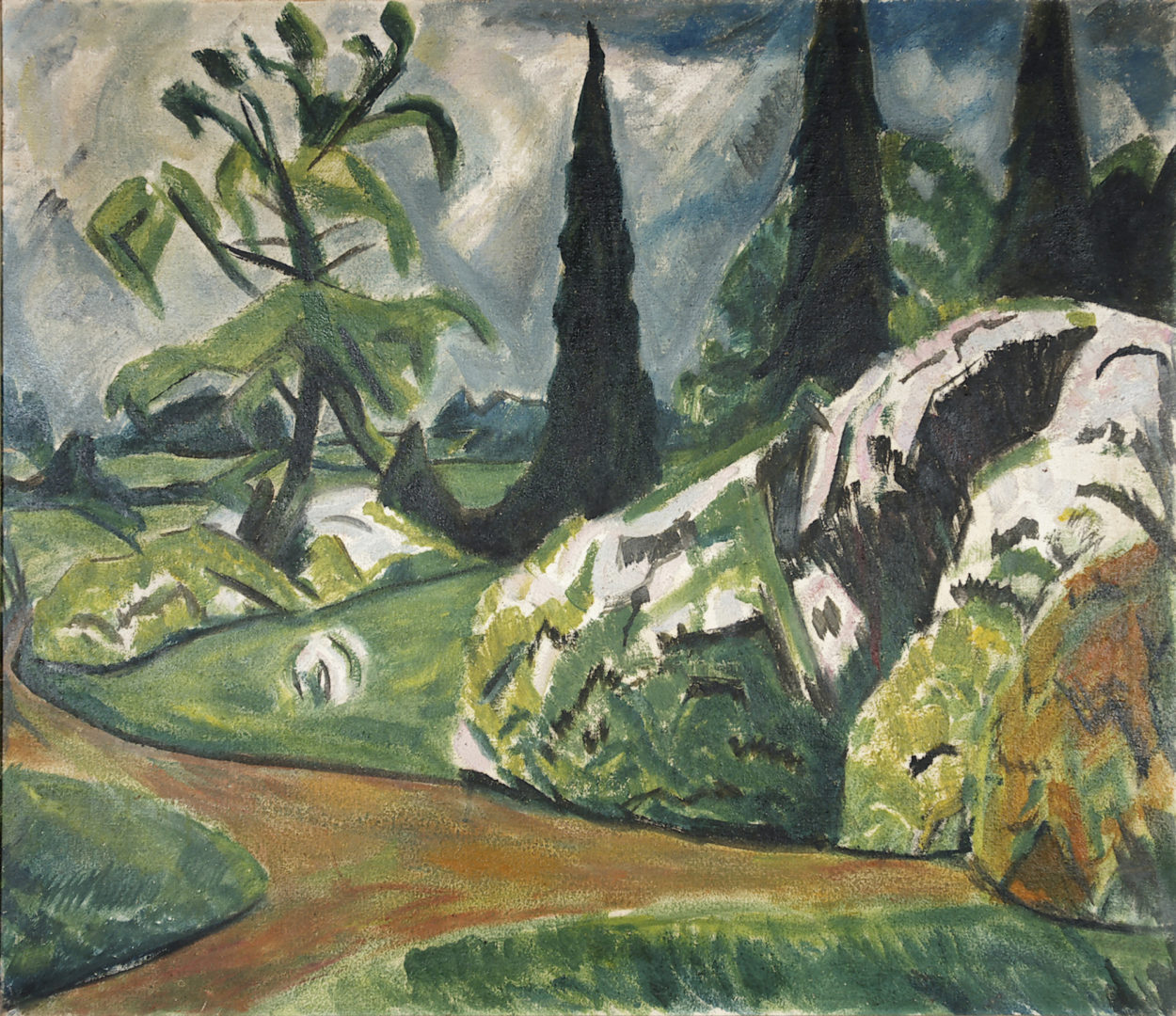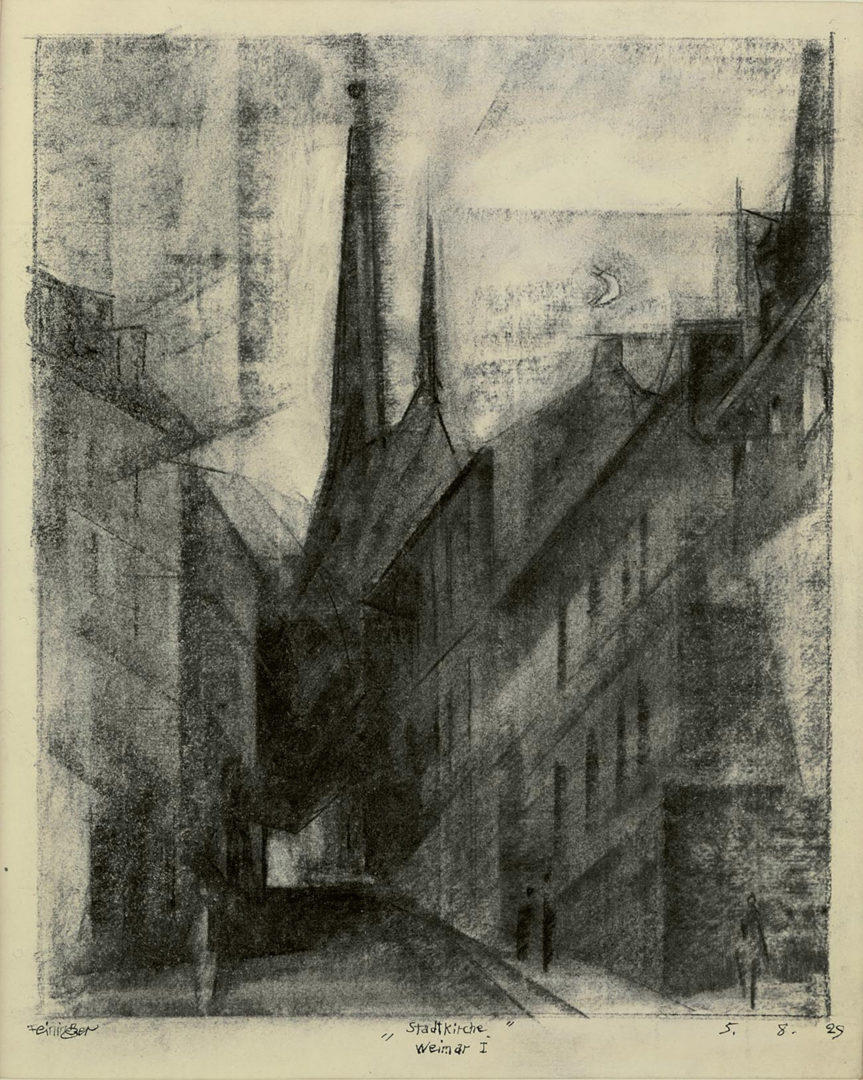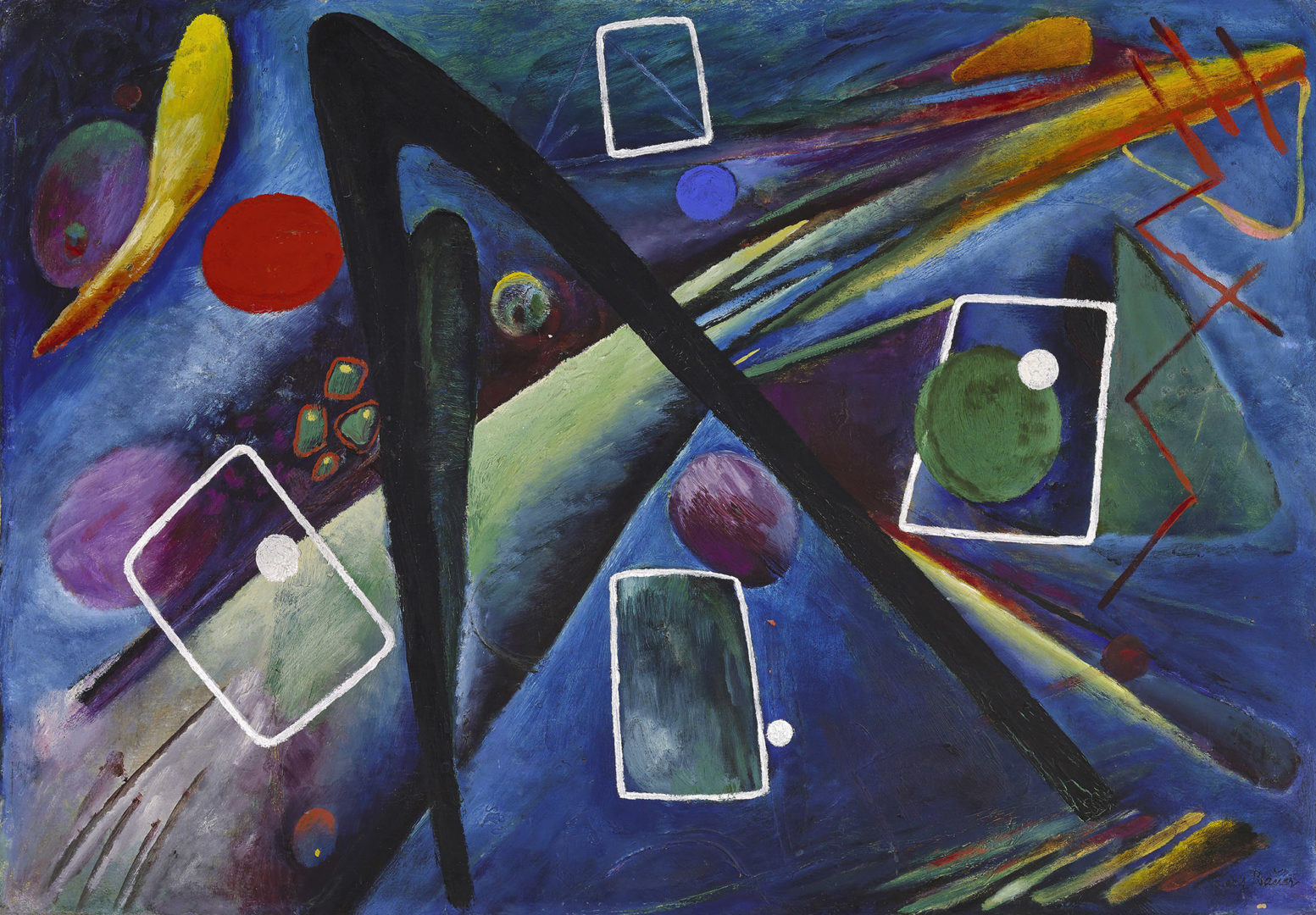Dickinson Roundell is pleased to present Expressionism in Europe at our Upper East Side gallery from October 26th through November 29th, to coincide with TEFAF New York. The early-20th century artistic movement known as Expressionism originated in Saxony and Bavaria, although it came to be more broadly associated with Austria, Germany and Switzerland.
The exhibition will feature works by the Symbolist and Secession artists who inspired the Expressionists, with Munch foremost among the Symbolists, and the Vienna Secession and its offshoots represented by Schiele. Expressionism itself encompassed a number of short-lived movements, founded and promoted by artists from Germany, Austria, Switzerland and Russia, among others.
The members of Die Brücke (‘The Bridge’), established in June 1905, sought to elevate German art to the same status as French post-Impressionist and Fauve painting. Artists like Kirchner, Schmidt-Rotluff, Müller and Nolde admired Munch and the Symbolists but their work was less tormented and more sensual, largely focused on nature. Perhaps the best-known of the movements was Der Blaue Reiter (‘The Blue Rider’), represented on our stand by artists including Macke, Klee, Feininger, Jawlensky and Campendonk. (Some of these, such as Jawlensky, also exhibited with the movement’s precursor, the Neue Künstlervereinigung München). Less formally united than Die Brücke and named for a painting by Kandinsky, Der Blaue Reiter drew influence from diverse sources, including Jügendstil, Cubism, Futurism, Orphism, and folk art – but prized the underlying message over artistic style. It lasted just from 1911-14, when the First World War saw the deaths of Macke and Marc, and the end of the movement. In 1924, a successor to Der Blaue Reiter was established as Die Blaue Vier (‘The Blue Four’), with Feininger joining members of Der Blaue Reiter. Around the same time, artists such as Oppenheimer became associated with a more cynical, realist movement known as Neue Sachlichkeit (New Objectivity) as part of the Post-War return to order. Their work highlighted and criticized the rampant corruption and hedonism of the Weimar Republic.
Deemed ‘degenerate’ by the Nazis, the work of the Expressionists was censored and destroyed, but its influence spread with émigré artists and helped inspire such movements as Abstract Expressionism in America and Neo-Expressionism on both sides of the Atlantic. We welcome you to Dickinson Roundell for an exhibition encompassing works across various media, including paintings, works on paper and sculptures.

